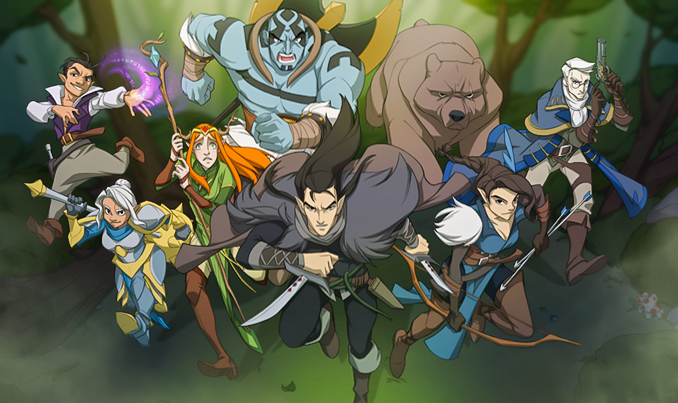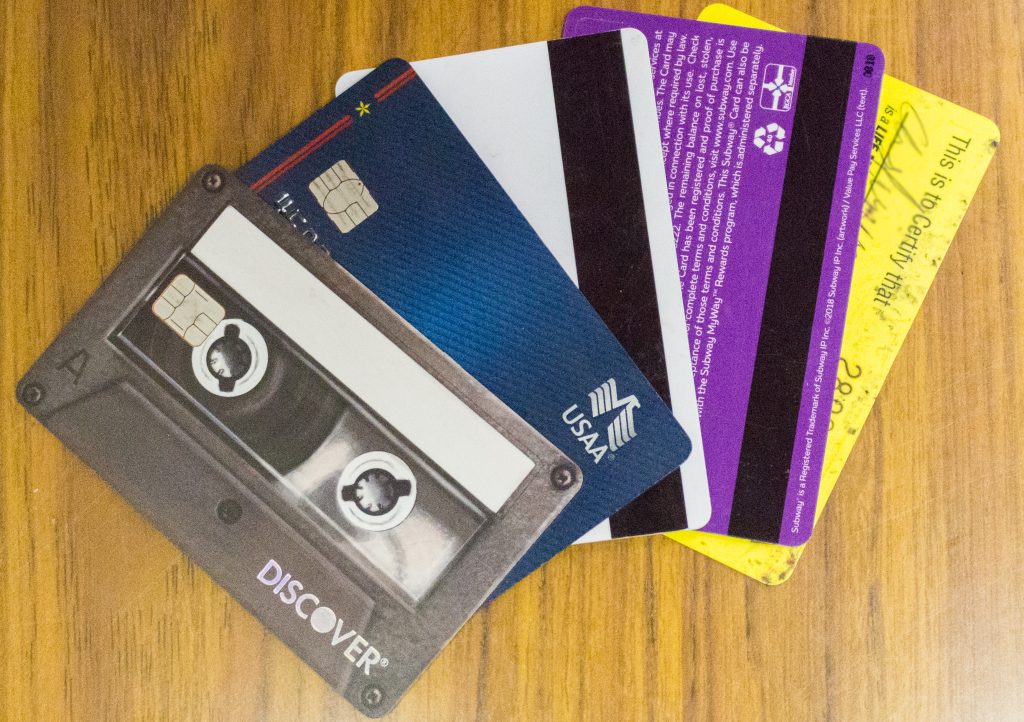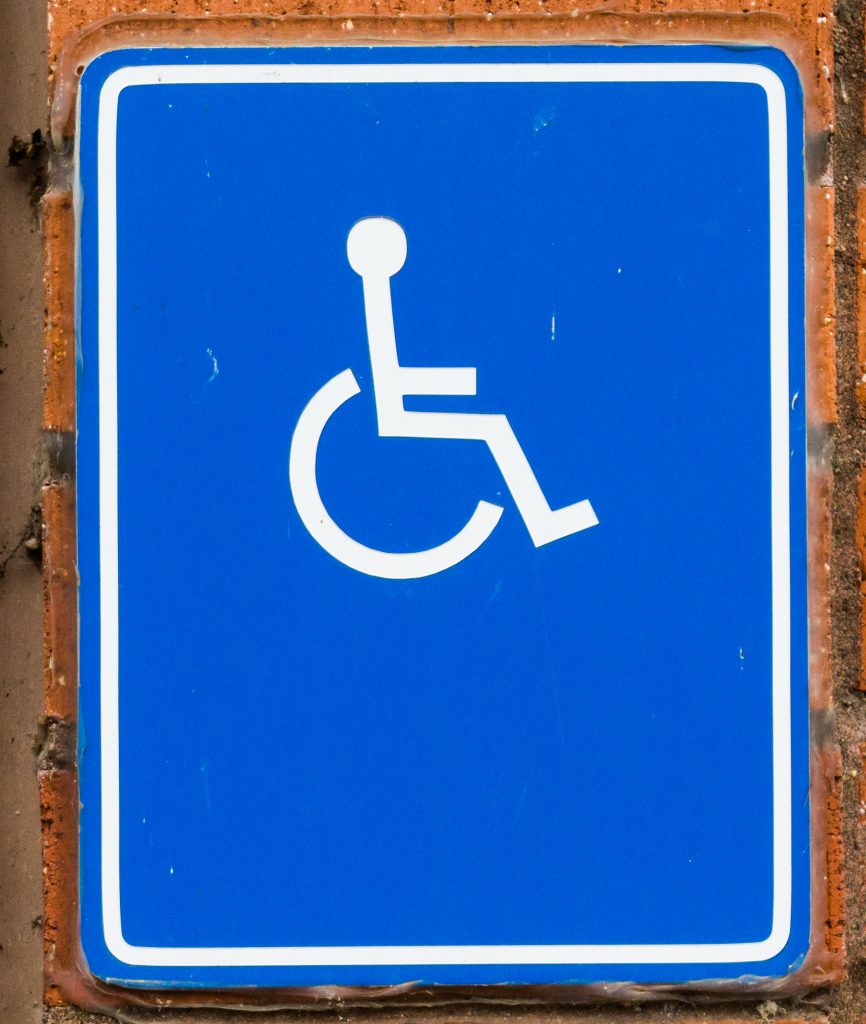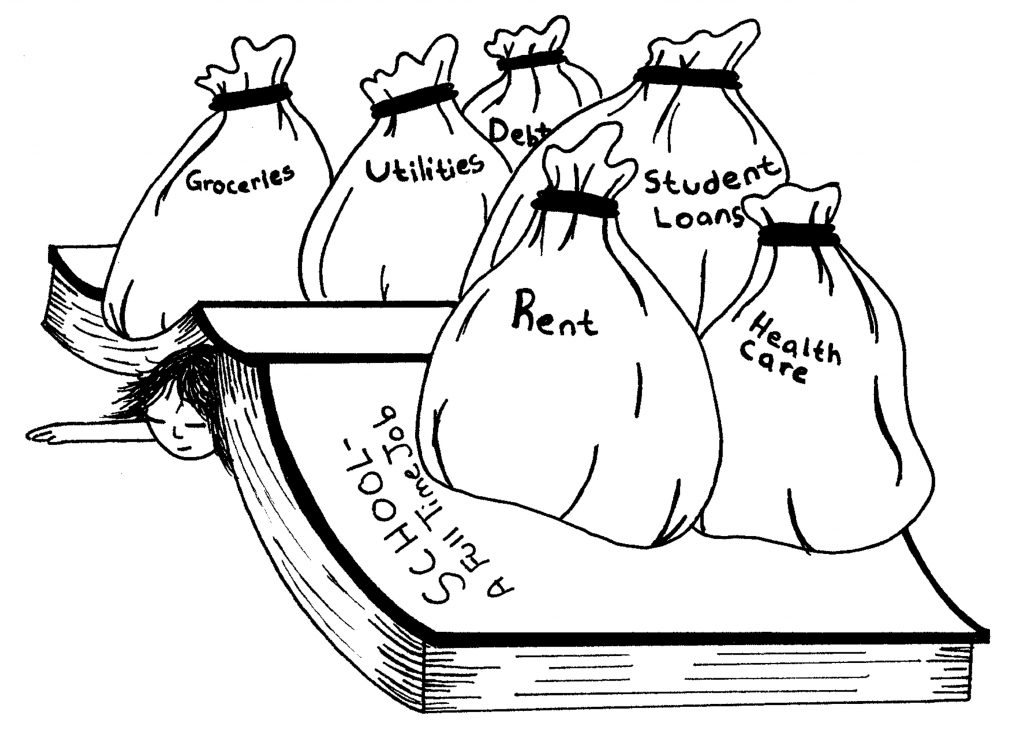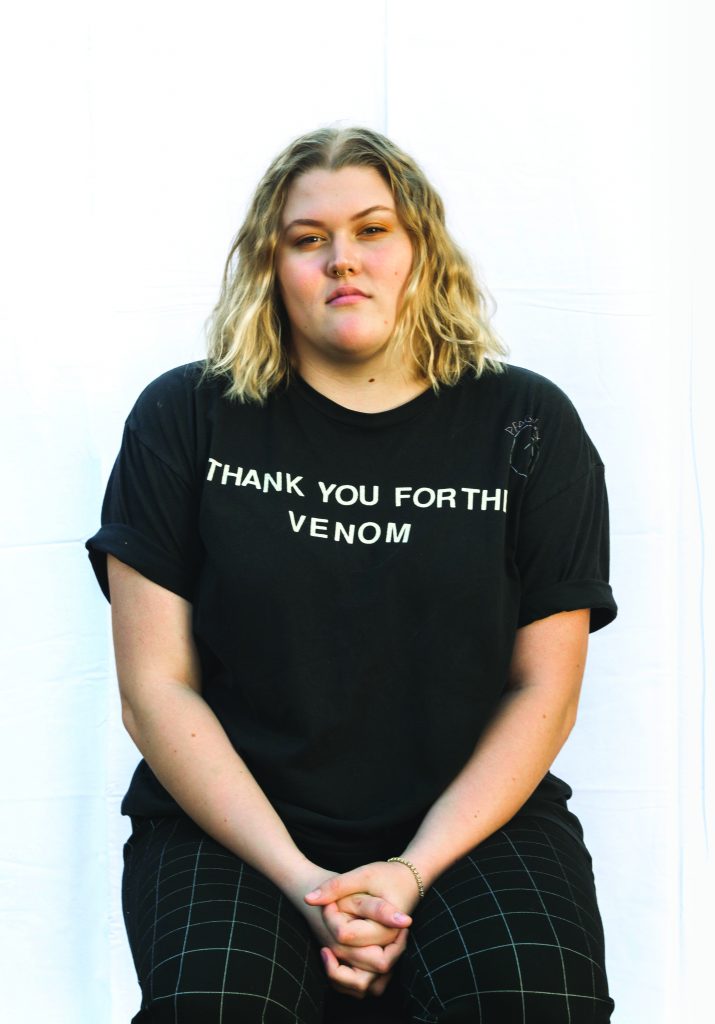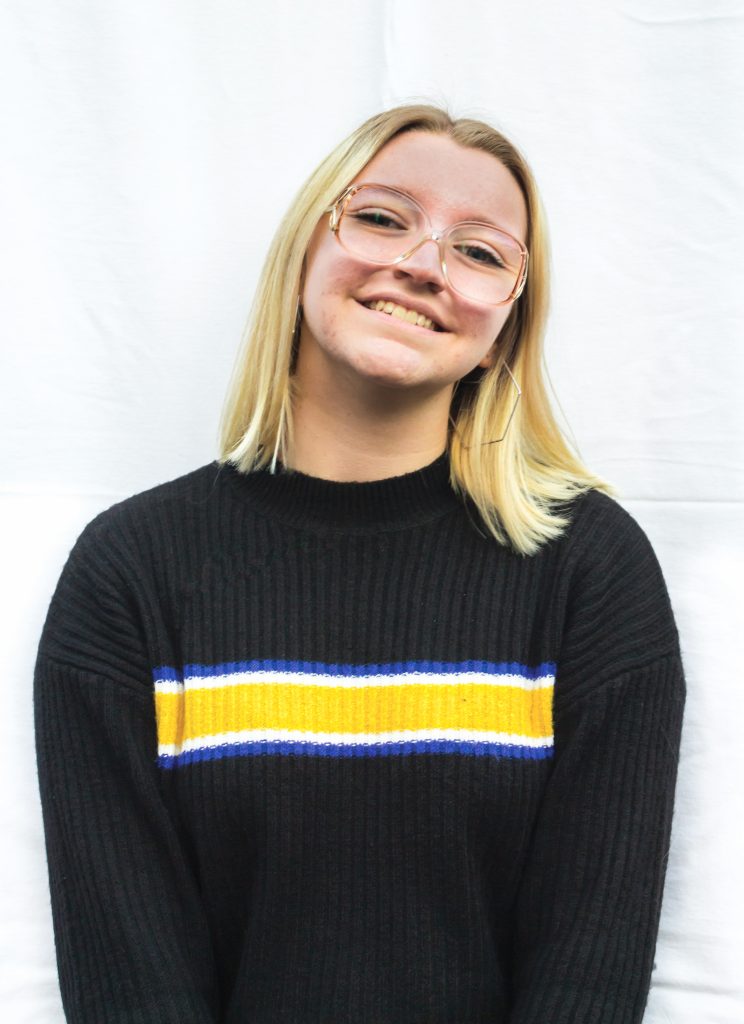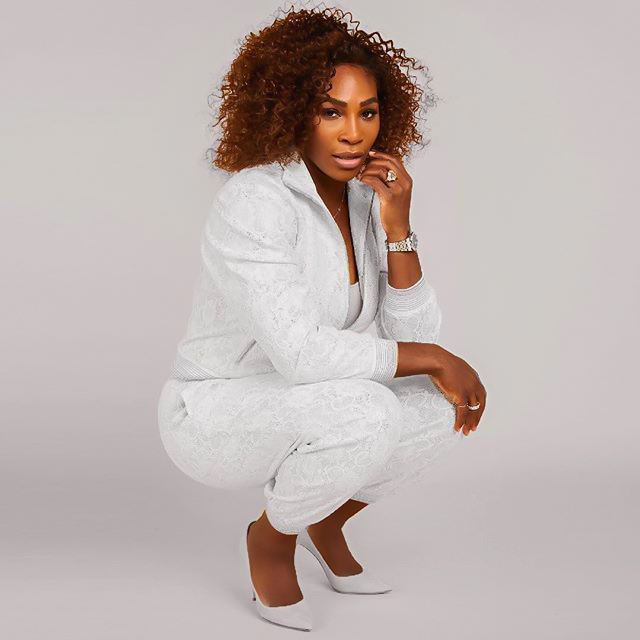Recently, a staff member mentioned that they believe every student should be involved in a team sport. Some staff members decided to follow up by adding their arguments for or against this opinion.

Lake Larsen | Sports Editor
Before speaking about the benefits of sports, it’s important to keep in mind that athletic side of intramurals or club sports might not be an option for everyone. Whether it be a disability, injury or something else that impedes a students ability to perform on a team athletically, this does not exclude them from participating. Coaching or managing are both options that most can take advantage of.
There are many major lessons that sports teaches that a student cannot learn in a classroom. The most valuable of these lessons — how to effectively work with a team. Obviously you can learn this outside of sports, but the teamwork within a sport is a very unique trait that every student needs to learn.
Competitive intramurals and club sports can bring people to their mental and physical breaking point. Hard fought games against more talented opponents can bring a team closer than any school assignment could. From the star player to the team manager, every person on the team is given a lesson on how to keep fighting no matter what the odds.
The competitive nature of sports puts the team into an environment where the only way to be successful is to trust each other. Due to unpredictability of every game, the team has to learn to adapt both mentally and physically to their environment. By joining sports in school, no matter what level, students can learn how to adapt and overcome.
Contact the author at llarsen13@wou.edu
Photo courtesy of Paul F. Davis

Chrys Weedon | Entertainment Editor
I would not disagree that participating in a team sport can be a positive experience for some. But I would argue that declaring that everyone should participate in an intramural or club sport in some way or to insulate that a person’s experience is somehow lacking if they do not play a sport in college is painting with too broad of a brush.
As a person who lives with a disability, I do not feel that my interpersonal skills or social fulfillment are in any way impeded by the fact I do not play/manage/coach a club sport. I do not mean to state that sports teams do not have their own specific dynamics, but to say that everyone “must” play a team sport in order to truly understand how to work and play well with others is an oversimplified and narrow way of thinking, in my opinion. I would dare to say that anyone with a disability who isn’t involved in sports either because of their disability or because their interests lie elsewhere is not, in any way, “missing out.”
Looking back on the period of my life that I played sports, I do not feel as though I learned something so profound about teamwork or group dynamics that I haven’t also learned by being involved with other, non-sports-related groups. To say that the only environment that demands a physical and mental adaptation is one that is explicitly linked to sports, is simply untrue.
Contact the author at cweedon16@wou.edu
Photo courtesy of Paul F. Davis

Bailey Thompson | News Editor
My perspective on this issue comes from a place of someone who likes to be active, but who has never really considered herself an “athlete” — at least in the regard that I didn’t grow up playing on sports teams. With that said, I do see tremendous value in trying something like intramural sports here at Western.
Although I acknowledge that it isn’t for everyone, I believe intramurals can be a great way for students to engage in a low-pressure activity and bond with a group of people that they may or may not already know. As a senior, I have been on three different intramural sports teams during my time here, and I can attest to the fact that it is a supportive, low-risk environment. Both as a first-year student and as a Resident Assistant, being a part of intramural teams with my residence hall communities was a great way for our whole hall to bond and get involved. So, even though some groups choose to be more competitive than others, people who consider themselves “beginners” can still feel comfortable and have fun.
My advice to anyone who is contemplating joining an intramural team: try it. While it may not be everyone’s cup of tea, it can be a fun and easy way for a wide variety of people to come together, laugh, be active and enjoy some friendly competition.
Contact the author at bthompson15@wou.edu
Photo courtesy of Paul F. Davis

Cora McClain | Copy Editor
As a person whose teenage years were defined by the year-round sport I played, I can attest to the fact that sports can help develop important leaderships skills and encourage camaraderie between players. However, high pressure situations and the need to win can also do a number on a person’s mental health. All too often athletes struggle under the detrimental effects of continually being told that they’re not good enough across the spectrum of sports.
For those athletes, intramurals can be a good outlet to get out on the court or field again, without having the looming pressure. On the other hand, intramurals can also fall a bit short for an athlete who played so competitively for so long. For instance, most intramural teams don’t want any freelance players; so, if you don’t personally know any experienced players, you can end up playing games that don’t let you properly demonstrate your skill. Without proper practices and a coach’s guidance, the league to feel a bit slow and unstructured compared to the fast paced lifestyle surrounding high school and year round sports.
If you still want to play, but feel the intramural league lacking, then I would highly suggest looking into joining a club sport. Most of them meet on a regular basis for practices and have a coaching staff to help you continue to grow as a player and even have a league that they compete in without the looming obligation to play. They simply offer a more competitive and structured way to itch the metaphorical sports scratch.
Contact the author at cmcclain17@wou.edu
Photo courtesy of Ashlynn Norton

Paul F. Davis | Managing editor
Although I agree with what is being said, I think all able-bodied people can benefit from sport. But the previous responses are missing the real point of why a person should get involved in sport — the actual exercise that is involved. If a person who doesn’t currently exercise but enjoys playing sports starts to move because of sports, it will help them in so many facets of life. According to American College of Sports Medicine, they will not only see an increase in mood but they will also experience intangible benefits such as reduced stress and reduced chance of heart disease, as well as increased self confidence and quality of sleep.
Once the person gets over the initial struggle that is becoming physically fit they will see how wonderful it feels to be able to compete at your highest level for a prolonged period of time and how wonderful it feels to be free to do whatever you desire to do in your body. When you experience such a freedom it can have such a positive domino effect. But that domino effect isn’t just reserved for a person participating in sports. Rather, it’s reserved for anyone who routinely moves. So if you take anything from all of this writing, find what you enjoy to do that makes you move so you too can be free in your own body.
Contact the author at pfdavis14@wou.edu
Photo courtesy of Ashlynn Norton



